The content of the article
One of the most widely used universal items includes scissors, which everyone probably has in the apartment with other classic household assistants. Depending on their intended purpose, the scissors can be further divided into hairdressing, manicure, gardening, classic and even tailoring. However, no matter what type they belong to, they have one thing in common: sooner or later, these tools will require sharpening; the most commonly used ones may become dull even after six months.
Before the sharpening process itself, it is necessary to pay attention to the external condition of the scissors: it is likely that the reason for the loss of their sharpness is the formed coating, for example, after cutting a greasy object or product. It can be removed with a soap solution and a hard abrasive brush, after which it is important to wipe the tool dry with an ordinary rag in order to prevent smudges.
Tip: if the plaque does not work out easily, you can use soda powder, vinegar or alcohol. It is enough to get a cotton pad wet in any substance, and then rub the place of contamination in a circular motion.
It often happens that the reason for poor cutting lies in the fact that the fastening of the two component scissors is weakened, so you need to check the quality of the connection of the tool parts. If a bolt is used to connect them, it should just be tightened, if an ordinary rivet, it is enough to simply tighten the part.
There are quite a lot of ways to sharpen scissors at home, therefore, if the tool's performance has noticeably worsened, you can use several at once.
A quick way to sharpen a tool
If you need to sharpen the scissors as soon as possible due to the rush and inability to go to the master, then you should use the usual thick needle, which will play the role of a classic hard machine. Instead of a needle, by the way, you can use another thin and round metal object, for example, an iron rod. A glass neck from a bottle is also suitable, however, scissors should be sharpened using it as carefully as possible.
The point is that you need to pick up such a thing that the two cutting edges of the scissors can grab from both sides. For sharpening, it is necessary to squeeze the selected object on both sides only a few times, with little effort. This method will help only for a short time, therefore it cannot be used as the main one.
This method is often an additional step, which is used in practice to give the instrument even more sharpness after sharpening it on sandpaper or grindstone.
Using sandpaper
Sandpaper can be used in different ways, and the choice of a method is based only on individual preferences.
The first, classic, implies the usual excision by scissors of a sheet in various directions with the applied force. However, it is important not to overdo it, as this can damage the surface. For convenience, you can put sandpaper in a taut state on the table and crush something in the corners.
Also, sandpaper can be applied with the skin down and several times already held in the opposite direction. And in that, and in another case, it is better to use its coarse-grained variety, since with its help it is much easier to carry out rough processing of any dull surfaces.
Important: only the outer surface of the cutting elements can be rubbed with sandpaper, in no case the inner surface! Otherwise, you can immediately render the tool unusable.
The second method differs in its technique: it is necessary to cut several pieces of sandpaper with scissors, again coarse-grained (such as 150-200). In this case, it is already possible to use the fine-grained type, however, the process of sharpening the tool will take a slightly longer amount of time.
Tip: if there is no sandpaper nearby, then you can use aluminum foil to sharpen scissors in this way. Usually, a foil sheet folded five or more times is taken for this procedure, which must be cut in half using the entire surface of the cutting edge so that it is possible to sharpen the scissors completely.
Using a grindstone
In the overwhelming majority of cases, the whetstone is used exclusively for sharpening kitchen knives, however, it is also perfect for scissors. You can buy this tool in any construction and household store, and if it is made using natural materials, it will last a very long time.
When buying a grindstone, you should pay attention to the presence of two different sides: one should be rough, with very large grains, while the other should be more uniform, with mostly small grains.
To quickly and accurately sharpen scissors, you must adhere to the following procedure:
- The whetstone should be placed on a fabric folded several times (so as not to damage the surface of the table or floor) and slightly moistened, evenly distributing moisture.
- Scissors must be either disassembled into components for convenience, or maximally opened (if the fastening element is rivet).
- In accordance with the factory sharpening angle, the scissors should be installed on the rough part of the donkey so that the plane forms an acute angle with the surface of the stone. Scissors should be sharpened with cyclic movements from themselves to the center of the stone, plus, it is necessary to ensure that the entire cutting edge goes all the way from the edge of the grind tool to its center.
- After this, you should also go along the fine-grained side of the stone in order to give it additional sharpness.
You can check the quality of sharpening with a very thin patch of synthetic fabric that cuts poorly enough. If the scissors go quickly over the surface, this will be evidence of their good sharpening.
File application
If there is neither sandpaper nor a grindstone nearby, you can also use a regular file for sharpening scissors, however, the procedure using it will require a much longer amount of time. To process the scissors with their cutting edges, they pass along the surface of the file, which must be firmly fixed to any surface.
For convenience, you can hold the file with one hand on a table or other surface, and with the other perform one-blade penetration. Just keeping the scissors open is not recommended, as the slightest carelessness can lead to a fairly deep cut.
The use of special tools
In modern household department stores, a huge number of grinding tools are on sale, which differ from each other not in sharpening material, but only in the method of application (some, for example, can only be used in a stationary position, others not). Among the variety, the following tools should be highlighted:
- Machines with a spinning disk inside. To sharpen the scissors, it is enough to just press the cutting edge a little against the visible part of the disc, and due to friction against randomly located small and large abrasive particles, it will become very sharp within a minute or two. Certain skill is required, therefore, in no case should children be allowed to work.
- Various hand sharpeners that look a bit like a razor. For their small size and ease of use, they have gained popularity among a large number of people (you can take them with you, for example, on a camping trip). To sharpen the scissors, you only need to pass your hand through a special hole and move the tool back and forth along the cutting edge.
In conclusion, it must be said that when sharpening scissors it is recommended to use an integrated approach, if time permits. With the usual use of scissors, you don’t need to use any special tools for sharpening more often than every 2-3 years, therefore there is no point in acquiring them, just stock up on the right amount of sandpaper.
If scissors are used every day, then it is recommended to have a grindstone, sandpaper and its substitutes, and even files on hand. With an integrated approach, it is recommended to carry out rough processing on a stone first, and then improve the condition of the cutting edge by sharpening it on paper, a file and, finally, the fine-grained side of the same grindstone (that is, carry out a gradual transition from coarse-grained to finer material).
Video: how to sharpen scissors with foil

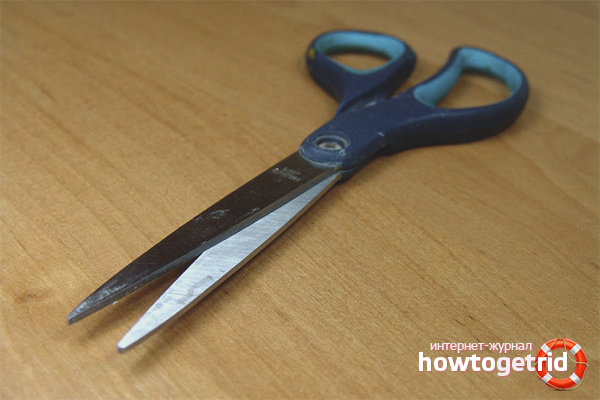
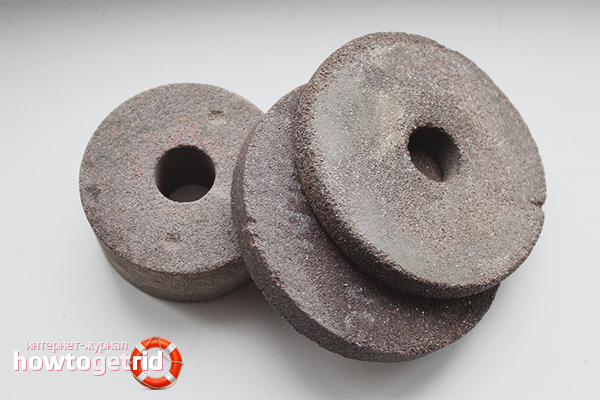


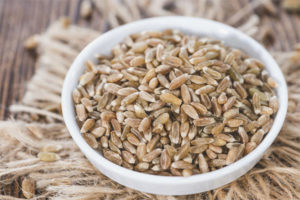
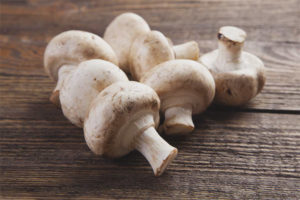
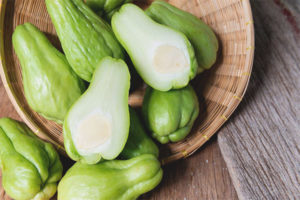



Submit